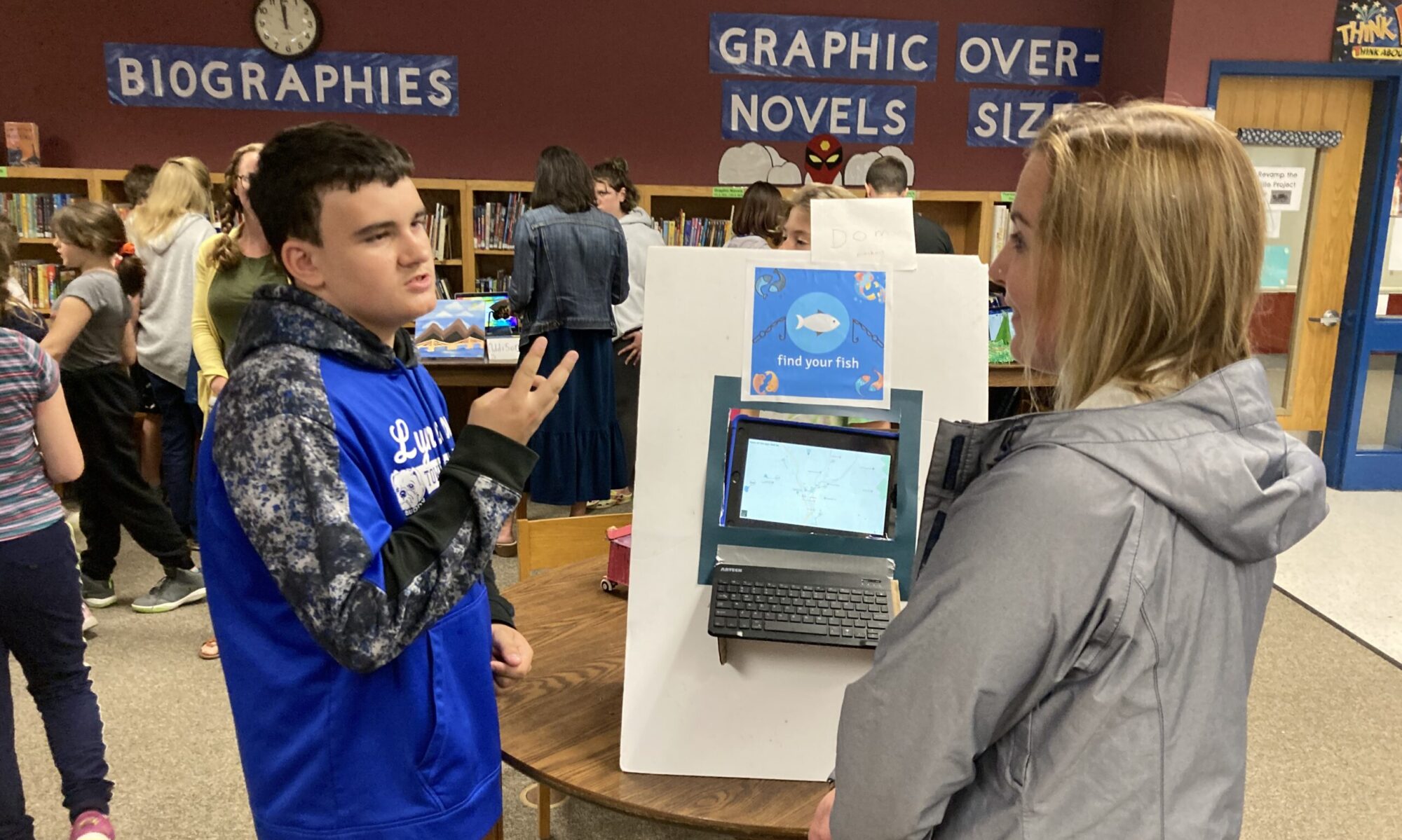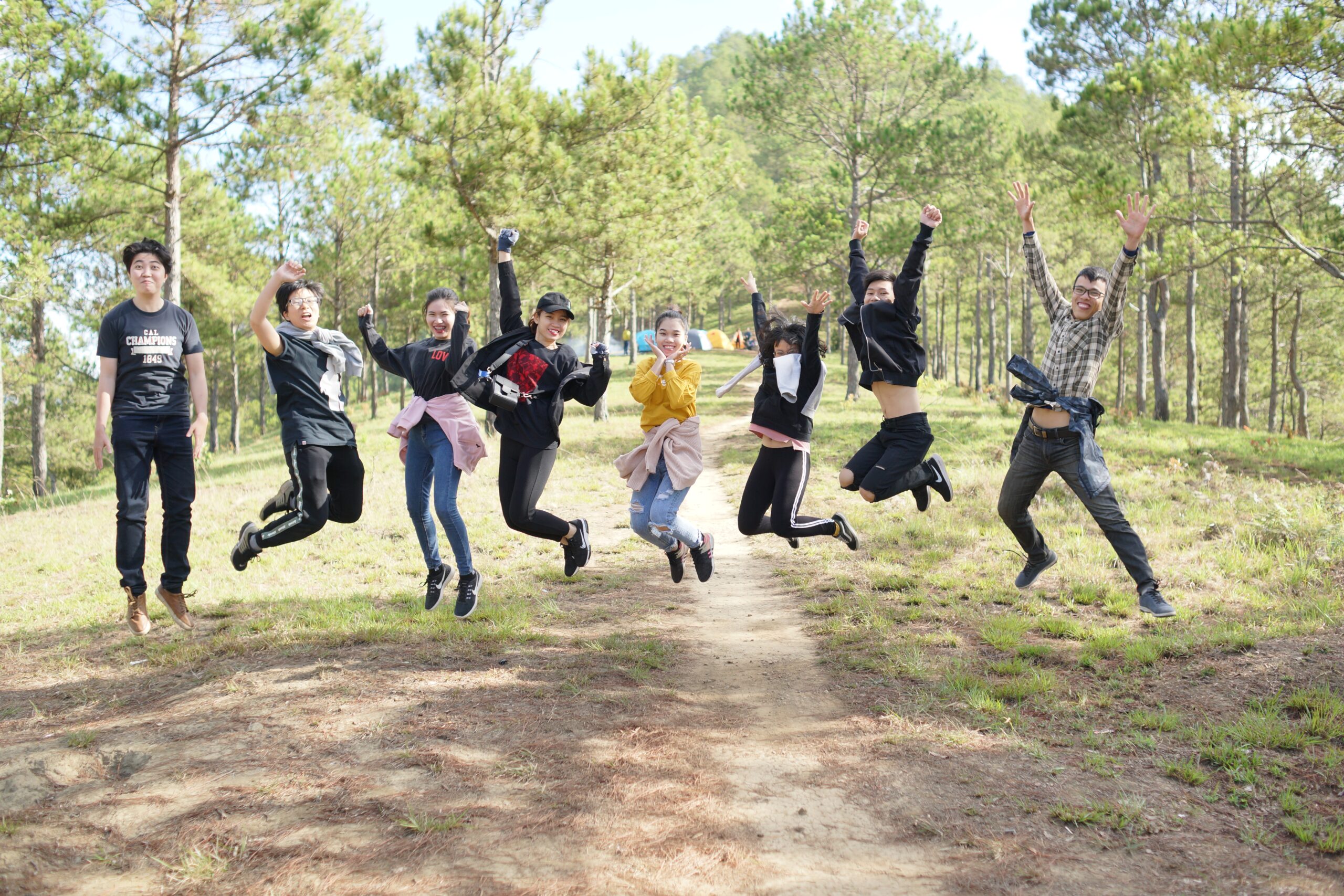The Why
We teach a precious and somewhat precarious age group. Our middle grades students are in the throes of one of life’s most pivotal and seminal periods in human development. They are growing faster than at almost any other time in life, and are grappling with some of life’s most significant milestones which will come to shape how they see themselves, others and the world. These are the “turning point” years of life.
Growing up has always been hard work, but for today’s young adolescents, it is well…simply harder. We do not need volumes of research to convince us of this. The past two years of trials and challenges in managing the not-so-post pandemic school world offer plenty of evidence. Students need us more than ever to help them navigate the challenges of growing up well.
As middle grades educators we have long celebrated the importance of positive relationships and social and emotional learning in middle school. We know and research substantiates that when our young people feel well known, valued and included at school, they are more likely to be fully invested in learning, make better choices, and feel happier at school. (CDC, 2011). Moreover, for young adolescents, being connected to others is essential for healthy identity development. A productive search for self is inextricably linked with positive adult and peer relationships. And, since our age group is vulnerable to bullying, ridicule and exclusion, they depend on us to ensure school is a socially and emotionally safe place so they can take the risks needed to grow in such important ways.
The Advisory concept has long been celebrated as an essential program feature designed to safeguard our young adolescents. While there are many models of Advisory, the twin aims emphasize quality peer relationships and personalized adult support. The hope is that every child has one caring adult advocate, feels connected to a caring peer group, and is afforded the opportunity to develop social skills in a safe haven.
Over the past decade, educators have learned even more about the value and leverage of Advisory programs. Perhaps most significant, is the fact an Advisory program can transform a school’s culture creating a sense of connectedness; a key ingredient in school success. Connectedness takes shape when schools deliberately attend to quality relationships and make time to help students do the same. (See this resource from AMLE for more: Creating a Culture of Connectedness through Middle School Advisory Programs.)
Finally, there is no doubt we all aspire for a softer and kinder world. Living through the pandemic has made abundantly clear the need to help kids learn to care about themselves, others and their world. Advisory is one special opportunity to help us show young people how to be caring members of a community: to listen well to others, to understand others with empathy, to learn to be kind, and to learn about the value of a civil community.
Advisory Going Forward
So let’s say you are on board with all the possible benefits, but last year’s Advisory left a bad taste in your mouth. You felt like you were managing chaos most days and the occasional good days were not enough to bring you back into enthusiasm. You’re not alone.
The last school year will long be remembered as one of the toughest we have ever faced. And, it wasn’t only Advisory that lost ground. Advisory however is a unique beast. It’s too relational to be unstructured; too intimate to be unplanned. And, with a huge decline in student social skills and a rise in problematic student behavior, it’s no wonder many of us were wondering if Advisory was really worth it.
Considering How
With the fog of last year’s challenges starting to fade, how can we give Advisory a new fresh stroke, and better prepare for a year of Advisory success.
Here’s what some fellow middle grades teachers and students have learned that might help us recommit to our Advisory and keep it relevant and manageable:
- Revisit your most positive Advisory memories. Sit with this. When did you witness growth? Can you recall faces of students who flourished over time? What were some moments of joy? Did your students discover emerging new friendships? When did things work well?
- Establish routines and celebrations that will keep you sane all year. How do you hope students will enter and leave the Advisory time, gather in a face to face circle, behave during the share time or activities, take turns, act as co-leaders, set up and clean up messes? These routines are so important, that if you had a rough year, look back and consider what routines you had in place from the start. Then, consider how you might take steps to address this during the first month of the school year. Rituals and celebrations are also vital to keeping Advisory going. Could you plan one or two fun celebrations to hold the year together? Monthly special food sharing? Monthly cross Advisory play? Goofy days
- Spend more time up front on building relationships and belonging. A few ‘getting to know you’ activities is not enough. Commit to a month of steady relationship building work. Take lots of pictures of the journey and share. And, keep in mind students are always growing and changing so ‘getting to know you’ activities can and should happen all year long
- Engage students early as helpers and leaders of Advisory. Start with 3 simple roles needed to keep Advisory productive. Examples: News and Announcements, Check-ins or Greetings, and Set up/Clean-Up. Add on over time. Student voice matters in all our classes, but Advisory can fall apart without it
- Balance and structure what you do in Advisory. Focus on blending structured discussions, with free flowing productive play. Use both as opportunities to teach social skills, as simple as manners, to good listening skills, and appropriate discussion skills.
- Have a simple plan for every week. Don’t over-plan, but have a focus for the week’s Advisory with some talk time, activity time, play and reflection. If you find you are without a plan, ask a colleague to borrow an idea or check the Advisory calendar. Try using components that give Advisory more structure. Here’s one example: Morning Meeting Components – Cambridge Public Schools
- Talk often about Advisory as a faculty. What we talk about is what matters to us. No less than once each 9 weeks, faculty should have a chance to share ideas, debrief what’s working or not, and learn one new thing. Even 10 minutes can yield ideas and inspiration. In between, try starting each faculty meeting with a different check-in. Without this needed talk time, and added modeling, we will risk losing momentum.
- Focus on face to face. When in doubt, leave technology out. We live in a world where technology is ubiquitous. While there is no full escape, Advisory ought to hold sacred time for face to face relationships. Eye to eye, knee to knee will have a greater impact on student behavior in Advisory and throughout the day than any technology platform could achieve.
Last words
Every one of us joined the teaching profession to try to make a positive difference in the lives of our students. This has always been hard work. Today, however, it’s not only harder for students to grow up, it is harder for all of us to reach and teach every child. In these challenging times, we need every tool available if we are to make that difference. We need many ways into the hearts and minds of young adolescents. Advisory is one powerful way in.



One Reply to “Why Advisory matters so much”
Comments are closed.